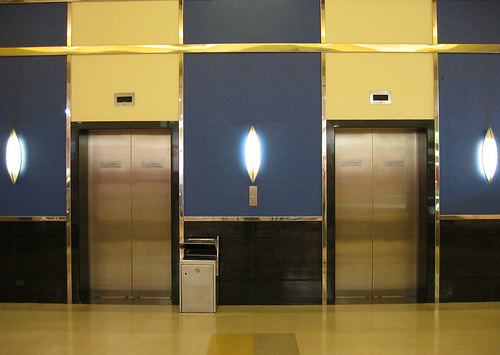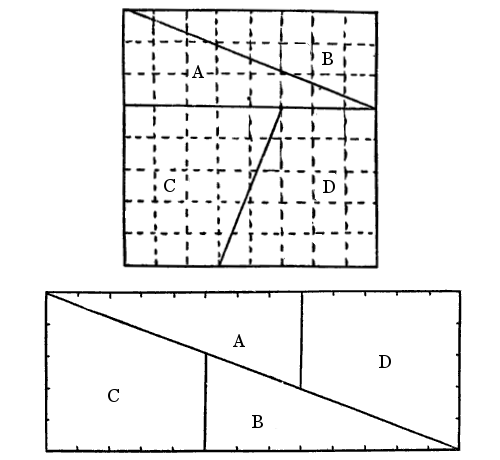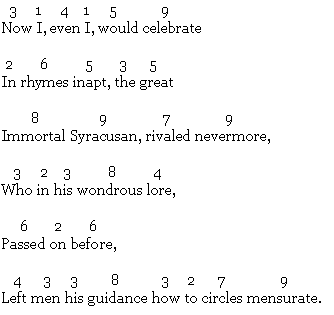Epimenides, a Cretan, says that all Cretans are liars. This seems to create a paradox: If his statement is true, then it’s false, and vice versa.
The idea recurs in Paul’s epistle to Titus: “One of themselves, even a prophet of their own, said, The Cretians are alway liars, evil beasts, slow bellies. This witness is true.”
But Aristotle, being Aristotle, sees right through the difficulty: “There is no impossibility in supposing that the man habitually lies, but that in this particular instance (in the proclamation of his own mendacity) he is telling the truth.”





